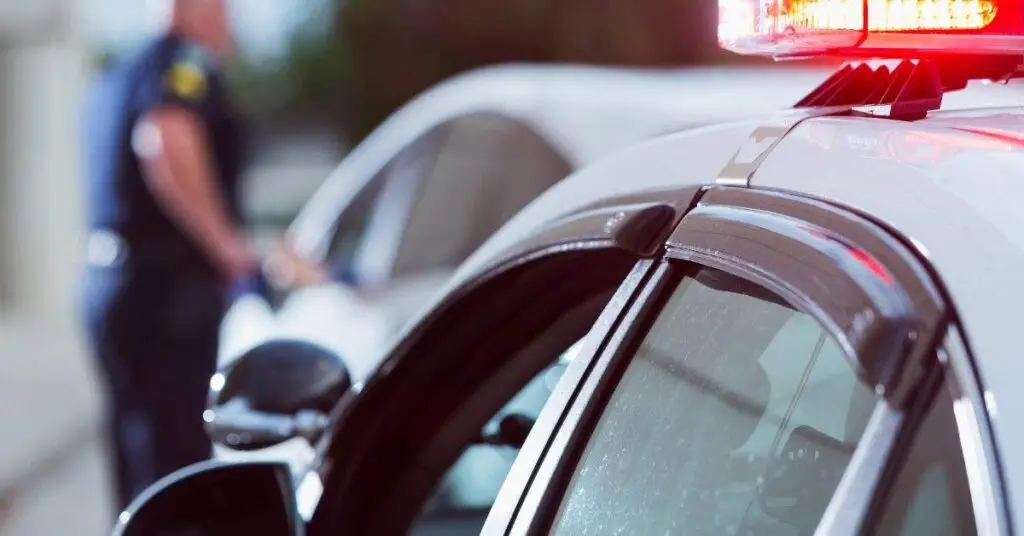Brady Evidence: Court of Appeal Authorizes Expanded Discovery of Police Personnel Records

What is Brady Evidence?
Brady evidence is any information in the government’s possession that is both favorable to the accused—because it is exculpatory or can impeach a prosecution witness—and material to guilt or punishment. Under Brady v. Maryland (373 U.S. 83 (1963)) and its progeny, prosecutors have an affirmative, continuing duty to disclose such evidence to the defense, whether it resides in police reports, personnel files, recordings, or other sources. Failure to turn over Brady material violates due-process rights and can lead to overturned convictions, mistrials, or other sanctions.
What Pitchess Motions Reveal—and What They Miss
A Pitchess motion ( People v. Pitchess, 11 Cal.3d 531) lets defense attorneys seek records of earlier complaints against law-enforcement officers for excessive force, dishonesty, or similar misconduct. When a judge grants the motion, the defense usually receives only limited information from the officer’s file, such as the names, addresses, and phone numbers of complainants or witnesses. If that information is not enough to investigate fully, counsel may file a supplemental request for additional material.
Brady Evidence Law and the Expanded Discovery of Police Personnel Records
Schneider v. Superior Court: A Game-Changing Ruling
In Schneider v. Superior Court of Los Angeles (115 Cal.App.5th 613), the Court of Appeal held that a defense lawyer filing a Brady/Johnson motion need not allege specific acts of officer misconduct. It is enough to state that the district attorney has flagged potential Brady information and explain why the officer’s credibility matters in the case. The ruling sweeps away the common misconception—often voiced by trial courts and attorneys for police departments—that Brady/Johnson disclosures must mirror Pitchess limitations. Credit for the ruling goes to Lisa Zimmerman of the Los Angeles Public Defender’s Office, whose outstanding advocacy guided the Court toward this much-needed clarity.
Why Expanded Discovery Strengthens Your Defense
The broader discovery authorized in Schneider empowers defense teams to go further in uncovering patterns of dishonesty, evidence tampering, or excessive force that might otherwise stay hidden. When counsel presents a jury with concrete proof undermining an officer’s credibility, the entire case dynamic can shift in the defendant’s favor.
Aggressive Pursuit of Police Misconduct Matters
When it comes to delivering the most effective defense, it comes down to preparation, experience and commitment. This means knowing Brady evidence law inside and out, including the changes that come with appellate court rulings that are being handed down every day. The reality is that far too often police officers are believed by juries when simply because they are officers. Juries can easily make the wrong decision—in the most important moment that you or your loved one face—if the attorney is not seeking and presenting all evidence showing both officer’s dishonesty and patterns of misconduct relevant to the case. Understanding and utilizing court rulings, such as Schneider v. Superior Court, can be the difference between winning and losing.
Scott Sanders’ Proven Record of Uncovering Officer Misconduct
Scott uncovered massive misconduct in an Orange County case where eight people were killed—in the process exposing the nation’s largest informant scandal. Most importantly, his efforts aided his client. Scott convinced the judge in that case both to recuse the entire district attorney’s office from the proceedings and to block the California Attorney General from seeking the death penalty. The United States Department of Justice eventually completed an eight-year investigation corroborating the allegations Scott detailed in multiple cases, thousands of pages of motions and litigation that spanned more than a decade.
Scott also brought to light how in thousands of cases Orange County Sheriff’s investigators and deputies booked evidence in violation of policy and mishandled evidence—with many then writing false and misleading reports about what they did with evidence after it was seized.
Scott uncovered misconduct by deputies involved in an unprovoked beating of one of his clients, leading to a quarter-million-dollar settlement.
More recently, Scott exposed how an investigator who secretly listened to privileged phone calls between a defendant and counsel—an egregious violation of constitutional rights.
